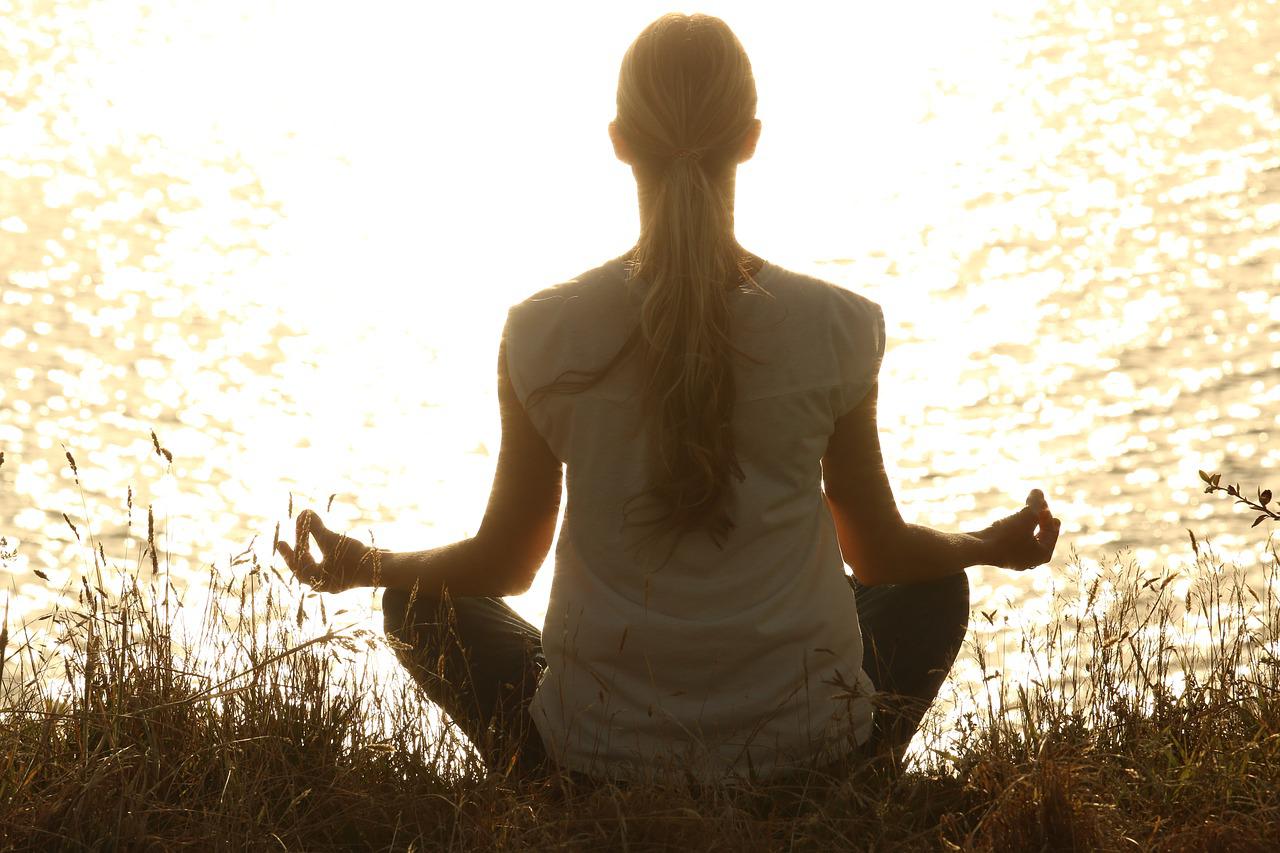
Coffee Meditation: How Coffee Helped Me Improve My Mindfulness
Table of Contents
- Why Drink Coffee?
- What is Coffee Meditation?
- Making Your Morning Coffee a Better Experience?
- Getting Into the Zen of Coffee & Meditation
- 1. Sit Down and Relax
- 2. Breathe Deeply
- 3. Observe your Thoughts
- 4. Pay Attention to the Details
- 5. Feel the Changes
- 6. Smell the Aroma of the Coffee
- 7. Feel the Relaxation
- How to Develop Your Palate?
- Conclusion
Coffee Meditation: How Coffee Helped Me Improve My Mindfulness
- Adam Smith
- 26-05-2022
- 29-07-2025
- 2127 views
- Coffee Beans, Coffee Health, Coffee Tips, Featured Articles, Information

I’ve always been a coffee addict. I look forward to my morning cup of Joe, and while I used to reach for the strongest blend of coffee or espresso, these days, I’m more interested in the ritual of making and consuming my caffeine. Coffee meditations have helped me be more mindful and relaxed in everything I do. Let’s explore this type of meditation, how it works, and why it’s good for you.
Why Drink Coffee?
When you drink coffee, you’re doing something good for your health. A number of studies have shown that drinking coffee can help prevent cancer and heart disease. It also contains antioxidants that help fight the effects of aging, making it a great source of anti-aging medicine. But what many people don’t realize is that coffee has another benefit: caffeine stimulates the brain to release dopamine. This elevates your mood and gives you more energy throughout the day.
Now let’s talk about why this is important for mindfulness practice! Because we live in such an overstimulated world, being mindful means taking time out every day to be present with yourself—and we need all the energy, we can get when it comes to being present with ourselves! Caffeine helps our bodies stay alert and focused, so we can really pay attention when meditating or practicing mindfulness exercises like meditation or yoga poses (because those things are hard).
In addition, caffeine affects our minds in such a way that it makes us more attentive and aware, which means we are less likely to slip into autopilot mode during these activities since our brains will be fully engaged by them instead of drifting off into space like usual!
What is Coffee Meditation?

Coffee meditation is a new way to meditate, and it involves drinking coffee. You can do it at home, outside the house, or even while working. The idea behind coffee meditation is that by combining mindfulness with your daily cup of Joe (or tea), you can have a more focused approach to life—or just become more conscious of your daily routine if you don’t necessarily consider yourself a “mindful person.”
Making Your Morning Coffee a Better Experience?
Before getting to learn coffee meditation, the first thing you need to do is get yourself some good beans and grind them fresh before making your brew. Next, make sure you’re using the right temperature water for brewing—between 195F and 205F (90C – 95C)—and invest in a good coffee grinder that will help your beans release their full flavor potential. You’ll also want to use clean equipment like filters, strainers, and pitchers when making your coffee so that no sediment ends up in your cup.
Finally, there are two key variables with any cup of Joe: quantity of water added and quality/quantity of milk added. Too little liquid will result in an overpowered beverage with little body; too much liquid will lead to an overly bitter taste due to the over-extraction of compounds from roasting during the brewing process.
To keep things balanced without sacrificing flavor or quality control, I recommend adding 50ml per person per 6 ounces brewed (1 part water + 2 parts milk). As for milk quality? If possible, stick with whole-fat varieties like the whole cream (they contain more fat, which translates into creaminess) but at minimum, go for low-fat varieties such as 2%.
Getting Into the Zen of Coffee & Meditation
If you’re looking to improve your mindfulness, coffee meditation can be a great way to do so.
One way to quiet frantic early-morning thoughts is to focus on the slow turning of the handle, the gentle grinding noises, and the feel of the handle in your hand while making coffee.
Here’s how to get into the Zen of coffee & meditation:
1. Sit Down and Relax
Sit down comfortably with your legs crossed or folded under you. Make sure your back is straight and supported by the chair or cushion behind you.
2. Breathe Deeply
Breathe deeply through your nose for several minutes, focusing on the feeling of air coming in and out of your nostrils.
3. Observe your Thoughts
Quietly observe any thoughts that come up as you breathe…and let them go without judgment or attachment once they arise in your mind-stream (i.e., don’t try to stop thinking). If thoughts don’t come up naturally, simply focus on breathing instead; if you lose focus on breathing, just return to it when you notice that your mind has wandered away from this exercise again!
4. Pay Attention to the Details
When you take your first sip, pay attention to the cup’s texture in your mouth and how it feels on your lips. Note how the taste of the coffee interacts with your teeth and tongue. Think about what flavors you recognize; don’t worry about whether or not they are correct; just notice what flavors seem strongest to you.
5. Feel the Changes
After drinking a cup of coffee, one may feel a variety of bodily changes. These include salivation, warmth traveling down the esophagus to the stomach, and an aftertaste in the mouth. Feel these changes.
6. Smell the Aroma of the Coffee
While you take your coffee break, concentrate on your breathing. Take long, slow breaths in and out to slow down your heart rate. Smell the aroma of the coffee and feel its warmth in your hands.
7. Feel the Relaxation
As you finish your coffee, notice how much more relaxed your mind and body feel. Notice how focused you feel on the tasks at hand.
Congratulate yourself for taking the time to focus on yourself and enjoy the relaxation and calm it has provided.
How to Develop Your Palate?
To develop your palate, you first have to start with a basic coffee and then try different beans, roasts, and brewing methods. Try using different temperatures for your water when brewing your coffee. Experiment with the length of time that you brew the coffee. Also, experiment with different water ratios to grounds (1:2, 1:3). Finally, play around with the equipment you use to make your cup of Joe!
Conclusion
The takeaway from this post is that coffee can be used as a tool to help you meditate. As a regular meditator, I’m not saying that everyone needs caffeine to help them meditate. But if you’re having trouble getting started with it or just don’t like the idea of sitting still for 15 minutes every day, then why not get creative about how you approach meditation? Coffee meditation might be for you!
























